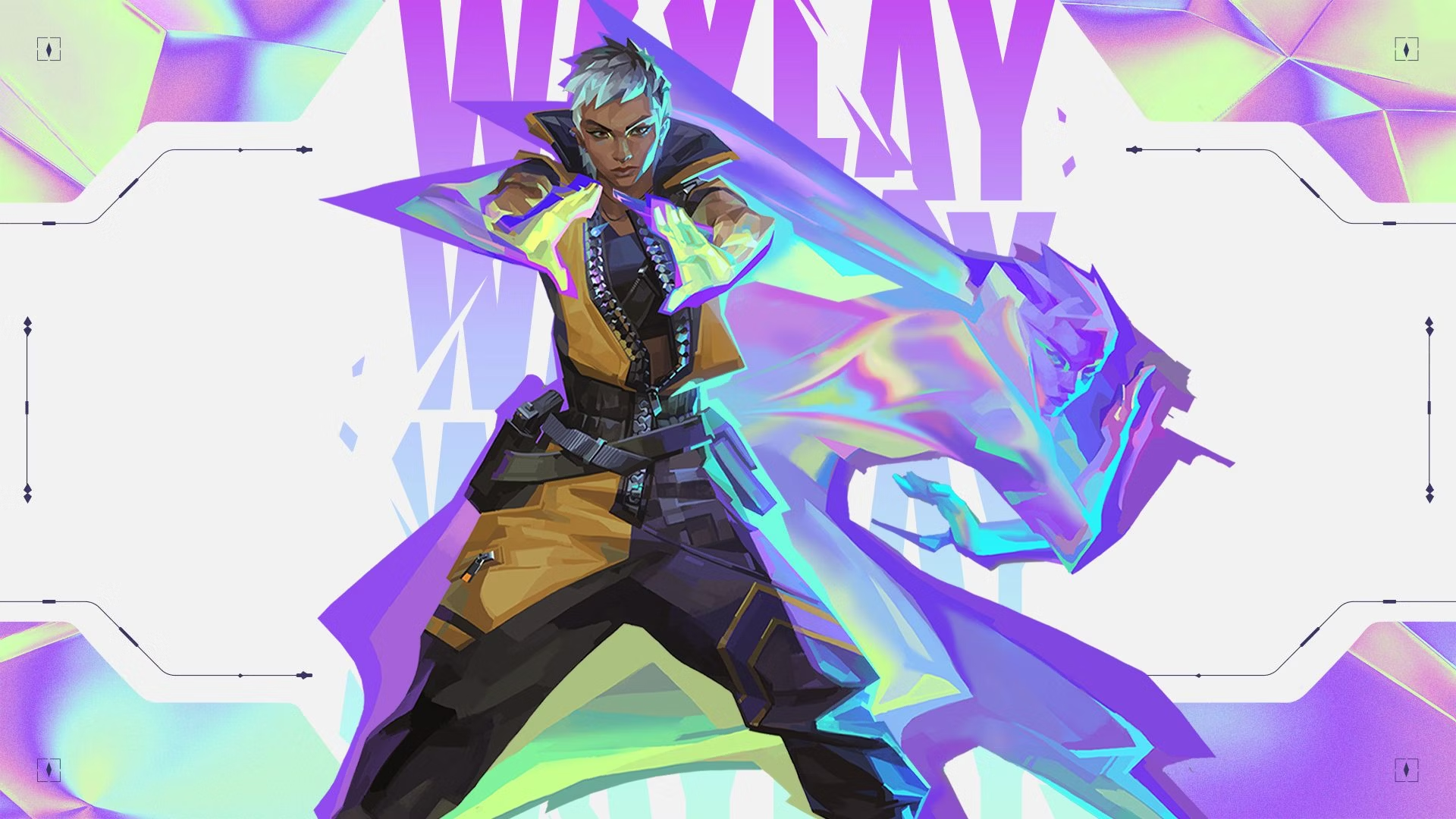Waylay: Valorant’s Newest Agent Redefines Area Control
Riot Games hits hard once again with the arrival of Waylay, the newest agent in Valorant. Introduced as a hybrid tactical controller, Waylay is already shaping up to be a potential game-changer, blending deception, strategic vision, and a unique ability to manipulate map space. With a toolkit unlike any other agent, they bring a fresh approach to information warfare and spatial denial. Between the hype and uncertainty, here’s a closer look at this character poised to shake up the meta in bold new ways.
A Mysterious, Tactical Aesthetic
Waylay sports a discreet yet sleek appearance, clearly designed with modern espionage tactics in mind. Their minimalist outfit — a mix of dark, muted tones — contrasts with glowing tech elements that evoke advanced surveillance and jamming gear. This blend of stealth and high-tech reinforces their identity as an intel-based controller, not meant to rush into combat but rather to trap, confuse, and destabilize enemies from a distance. Their overall aesthetic suggests a background in covert ops, with a calm, analytical demeanor that matches their gameplay style.
A Disruptive, Misinformation-Oriented Ability Kit
Waylay doesn’t kill — they disorient, isolate, and obstruct. Every ability in their kit is built to confuse and mislead the opposing team, forcing them to make decisions with incomplete or misleading information. Here’s a breakdown:
C1 – Reverberation: Deploys a sound emitter that mimics footsteps or gunfire in a targeted direction. This is perfect for faking rotates, baiting utility, or setting up ambushes. The false cues can lead teams to over-rotate or waste time checking empty angles.
C2 – Dead Line: Places an invisible tripwire across a corridor or doorway. When triggered, it disables the enemy’s minimap and scrambles their audio for a few seconds, effectively “blinding” them to their surroundings during critical moments.
Signature – Scramble Net: Launches a drone that creates a thin, web-like energy barrier between two anchor points. This semi-transparent field reduces enemy vision and slows movement when crossed, making it ideal for cutting off chokes or delaying pushes without traditional smokes.
Ultimate – Interference: Temporarily “hacks” an area, creating a sphere within which enemy abilities are disabled or canceled upon use. Think of it as an anti-utility dome — a powerful counter to agents who rely heavily on their kit to enter or defend sites.
A New Kind of Strategic Play
Waylay is not designed to hold a site alone through brute force but to make it unpredictable and difficult to read. They shine in the hands of cerebral players: those who anticipate movement, manipulate enemy behavior, and coordinate closely with teammates. In many ways, they resemble agents like Cypher or Killjoy — not in mechanics, but in mindset. Their kit rewards creativity, misdirection, and timing.
In Competitive play, Waylay could become a cornerstone for teams that favor slow, information-heavy strategies. Their abilities are particularly suited for retakes, fake executes, and layered site defense. By forcing opponents to second-guess what they see and hear, Waylay can create openings for teammates to strike.
Community Reactions So Far
Since the official reveal, community feedback has been mixed but largely intrigued. Many players praise the originality of Waylay’s kit and the potential for mind games never before seen in Valorant. Others express concern about frustration levels — especially due to the ultimate’s disruptive nature. Some fear Waylay could become an “anti-fun” agent if not carefully balanced.
Pro players have already begun experimenting with them in scrims, and early clips circulating online showcase impressive plays where Waylay turns the tide of a round without firing a single bullet. Whether they settle into the meta or spark controversy, one thing is clear: Waylay is redefining how space and information are controlled in Valorant.

